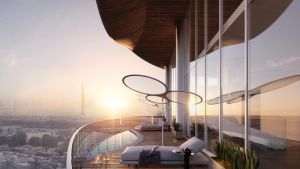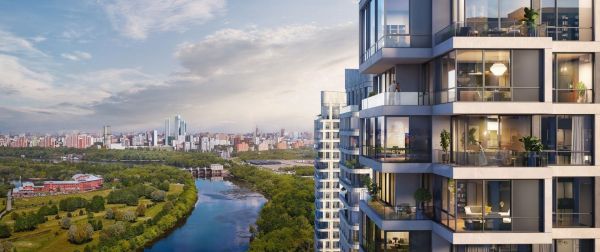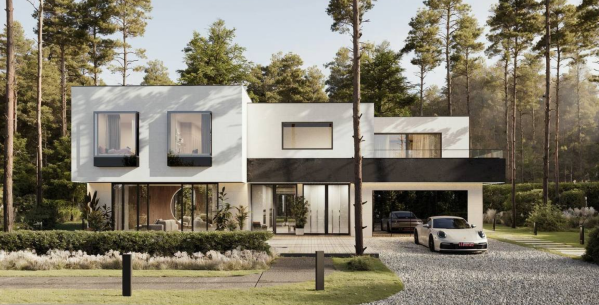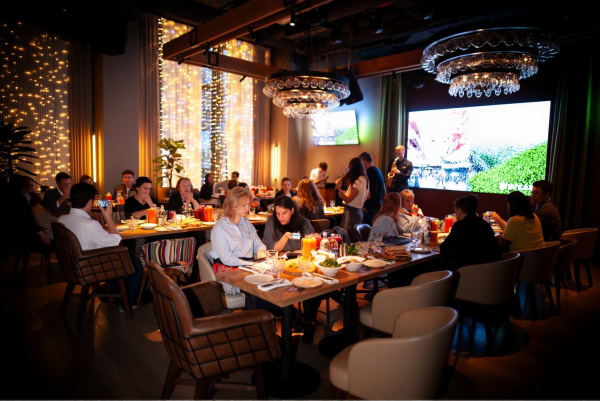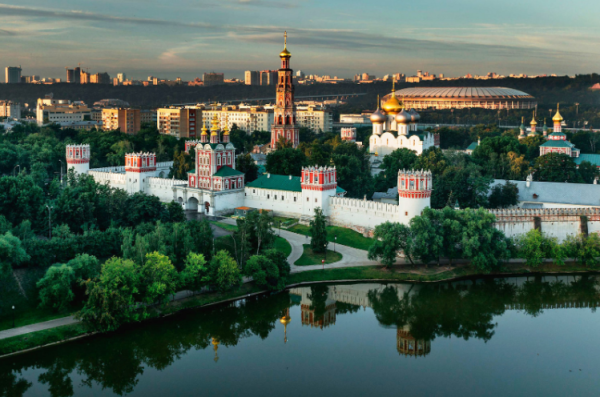Demolition or Renovation? The Future of Soviet-Era Architecture
Read 2 min
3256
In recent months, the issue of demolishing Soviet-era buildings has become one of the most debated topics in architectural and public discourse. The closure and potential reconstruction of the Moscow Circus on Vernadsky Avenue, the fate of the Dom Kino (House of Cinema), and the legendary "book-house" on Novy Arbat have sparked heated discussions among experts, historians, and residents. What’s really happening, and what arguments are both sides presenting?
Why Are Soviet Buildings Being Demolished?
The main argument is the technical condition of these structures and the need to adapt the city to modern requirements. Many buildings from the USSR era were constructed using standardized designs, and their deterioration over the decades has reached a critical level.
Another factor is commercial interest. Land plots in central Moscow and prestigious districts hold high investment potential.
Voices in Defense
Architects and urban conservationists argue that demolishing these buildings damages Moscow’s cultural identity. Many structures from the 1960s–1980s are unique examples of modernist architecture. They emphasize that instead of complete demolition, these spaces could be updated and reimagined.
Additionally, the public fears that large-scale demolition will erase entire layers of architectural heritage. This has already happened with Constructivist buildings from the 1920s–1930s, and now Soviet modernism could face the same fate.
What Path is Possible?
Global experience shows that Soviet-era buildings can be successfully integrated into a city’s modern landscape. In Berlin, London, and Paris, former industrial sites and mid-20th-century structures have been transformed into cultural hubs and public spaces. Moscow could also follow this path by embracing renovation over demolition.
Renovating buildings offers a unique opportunity to live in a home with character—one that combines the spirit of the past with modern technology. In our portfolio, you’ll find exclusive properties—trophy real estate with a history. Contact our experts, and we’ll be happy to offer you the best options.
Read also
Stay up to date with the latest news
We promise to send only interesting and important articles.

